Otherwise Agaze
A co-authored project by AHMED KAMEL & GABRIELA KOBUS
Our thematic starting point is the particularities of “World Exhibitions” and their relation to Cairo in 19th-century colonial Europe. With the aim of opening up a space to illuminate and expand the thematic field from an Arab and European perspective, we developed our artistic contributions in mutual authorship.
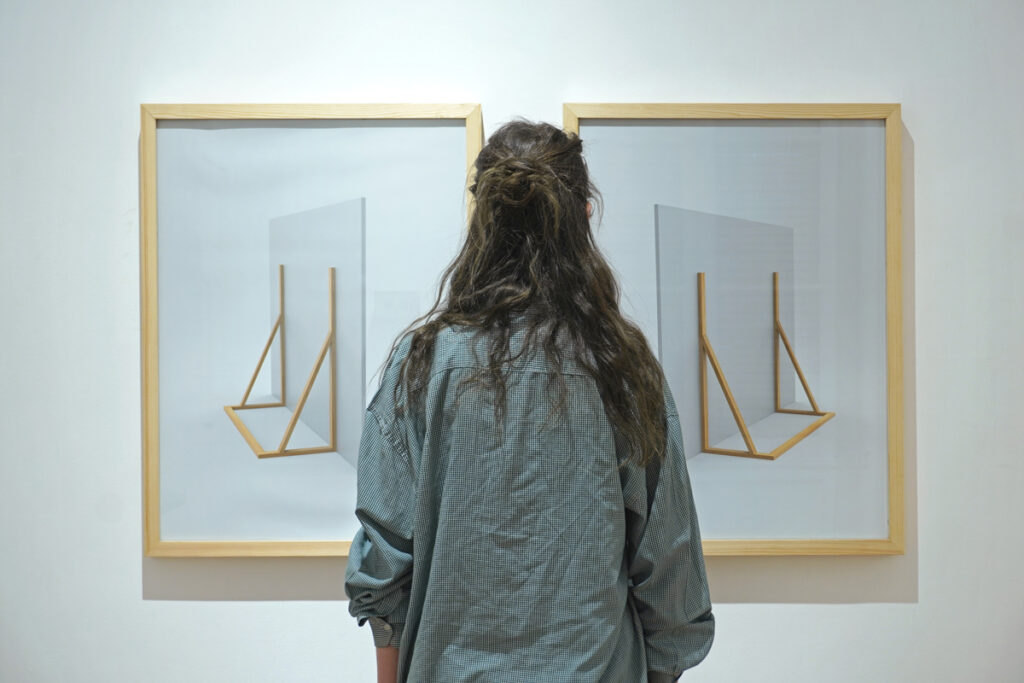
“World Exhibitions” were fashionable in 19th-century colonial Europe and were increasingly focused on offering their visitors the experience of the “Orient”, This was prevalent and particularly focused on the city of Cairo.
At the “World Exhibitions” in Paris in 1889, Cairo was recreated as a backdrop, featuring people and animals imported from Egypt. In addition, Frenchmen in disguise were staged as oriental protagonists.
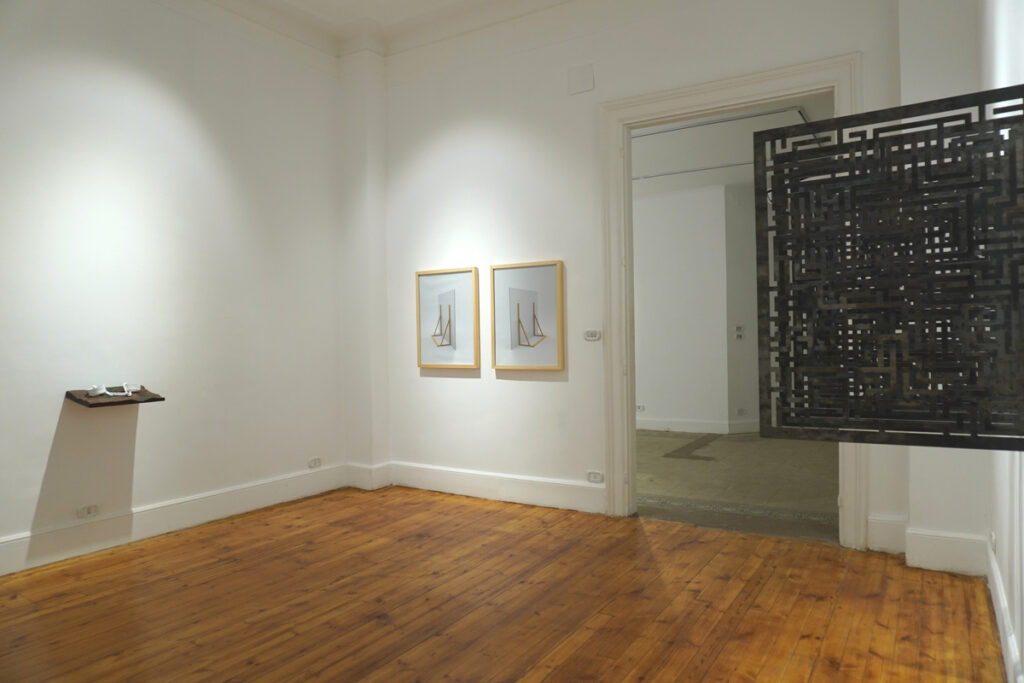
The mechanisms of the commercial machinery changed in the large European trading cities at the end of the 19th century. Department stores and shopping arcades for the representative display of goods emerged. The large-scale overseas trade was accompanied by the colonization of Egypt.
In an Arabic travelogue, there is a story of two Egyptians1 who, at the end of the 19th century, lost their bearings in the spacious building of a Paris wholesaler. Long corridors led into other corridors. Groups of people were engrossed in their work here and there, but the people who met them during their search for an exit were merely their mirror images, for many passages ended with a mirror and thus became a labyrinth.
In another travelogue from the mid to late 19th century, European authors describe their disorientation in Cairo. In their perception, no order could be discerned in the streets; they were overwhelmed by visual, acoustic, and olfactory impressions. Incessantly, they tried to form a picture and to find the distance as observers. One account tells of two Frenchmen searching in vain deep in the labyrinth of streets and alleys for a suitable vantage point from which to take a picture of the oriental city2.
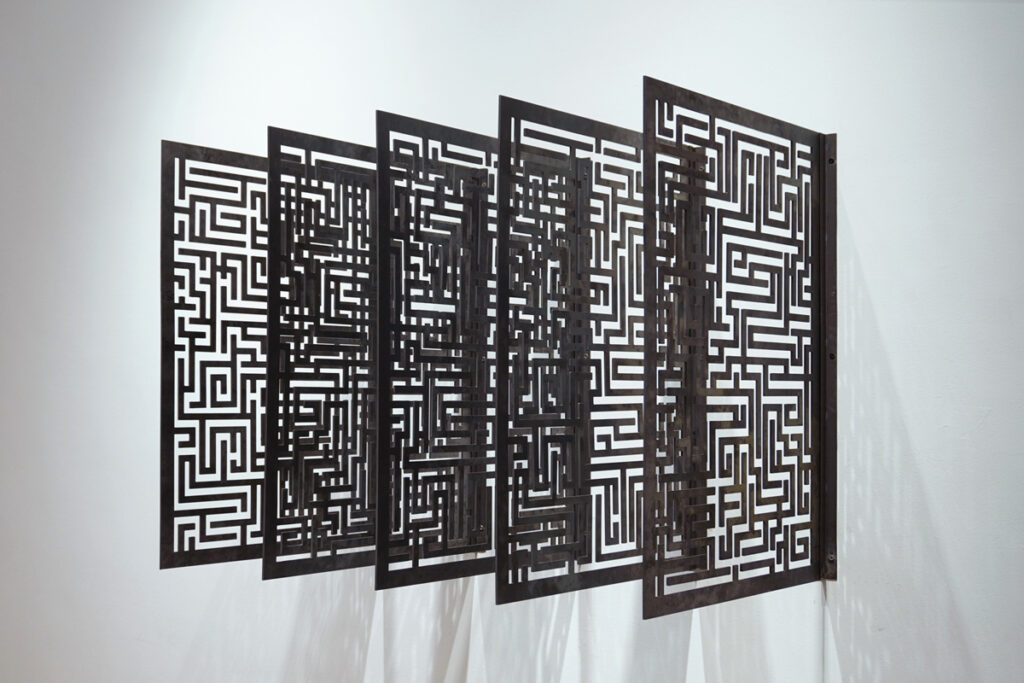
In addition to „world exhibitions“, orientalist congresses were also in vogue. Scholars from the Orient were invited to international congresses, and “World Exhibitions” were shown to them. Reports indicate that scholars often felt themselves to be Exhibition pieces.

The “display” of people or objects from all over the world became so established throughout the 19th century in Europe that the appearance of foreign people was often regarded as a spectacle.
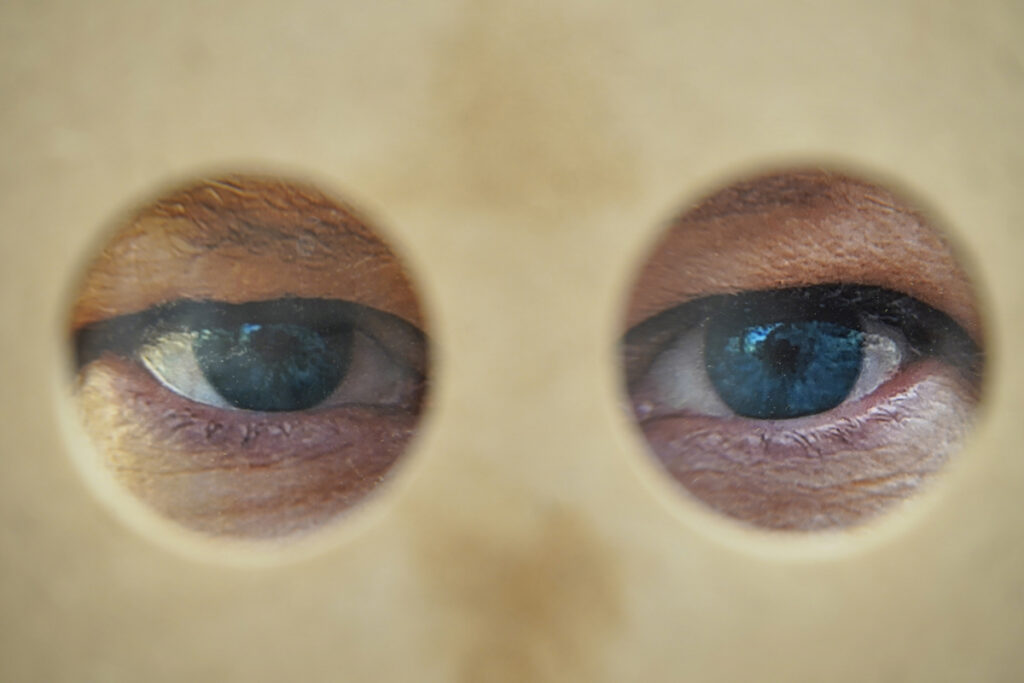
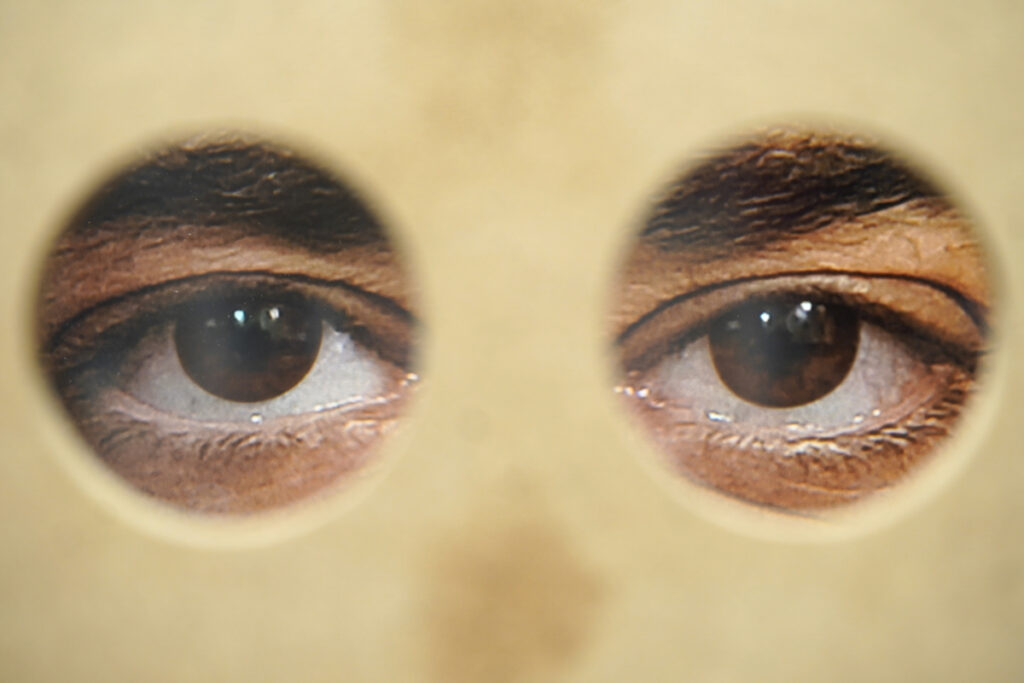
The position of the viewer played an important role in European understanding. In Egypt, a different world was documented. Pictures, drawings, photographs, and texts were made. On the one hand, the aim was to maintain a safe distance from the scenery; on the other hand, there was the desire to be in the middle of the action as a traveling stranger. The approach to photography becomes emblematic of this contradiction: the photographer, at the chosen location, observes the world through the lens of the camera, but he himself remains invisible behind the box-shaped camera under a black cloth.


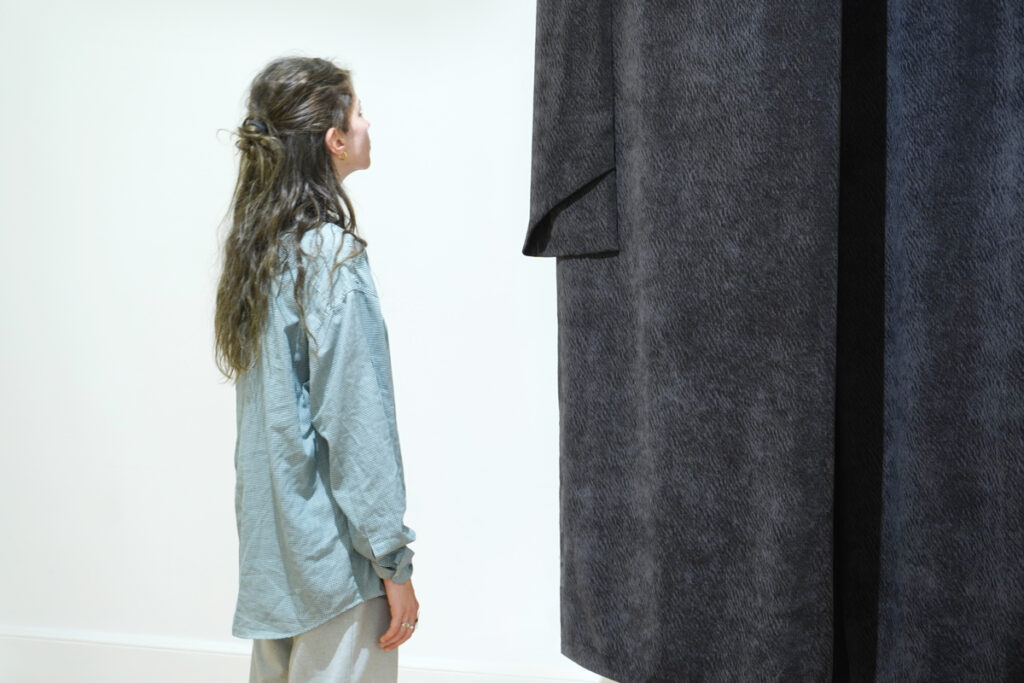
The representation of modern European life found its expression in high concentration in the “World Exhibitions”. In modern architecture made of iron and glass, the latest technical achievements were presented on a large scale. Opposed to this, a show of the rest of the world was staged with the help of objects – “as a gateway to the exhibition and as a dignified preface”3. The whole world was to be experienced and brought to life.
For the European audience, the world was thus seemingly ordered. The presentation of an “external reality” enabled them to remain in a seemingly safe position of the viewer themselves. Imperial power and interpretive sovereignty were cleverly integrated into the concepts of security and order.
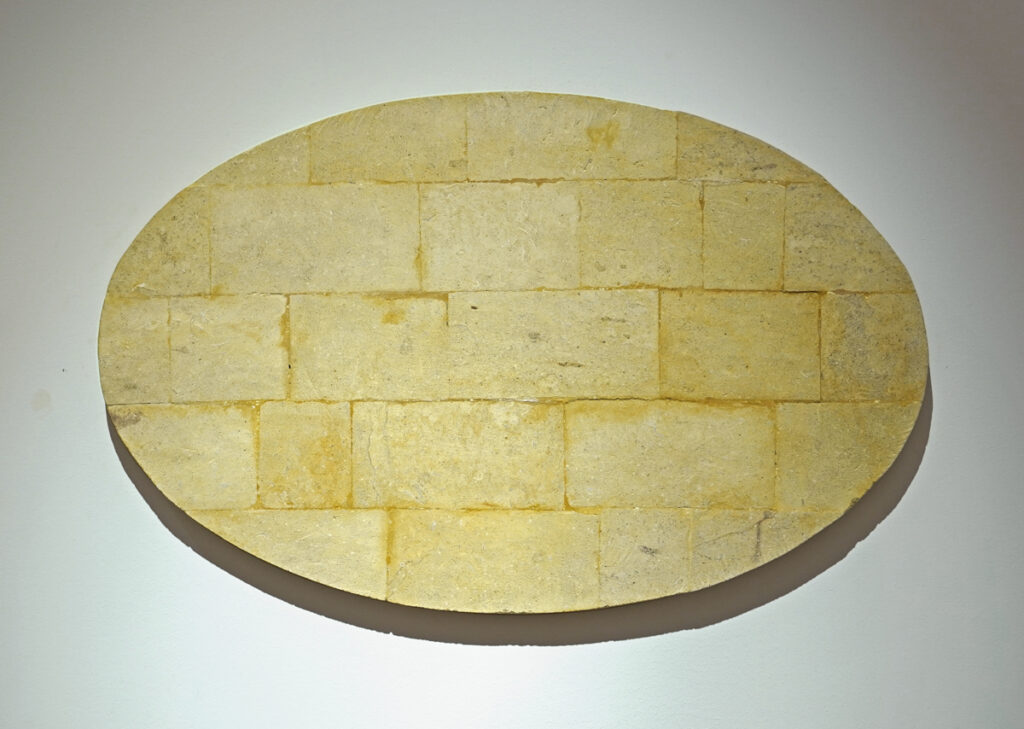
A sentence is spoken in six languages by different people: British, French, Spanish, Italian, German (the languages of colonial rulers), and Arabic.
One thinks one is free from it, but it is not the case.
On pense en être libéré, mais ce n’est pas le cas.
Uno puede creer que estamos libre de ello, pero no es el caso.
Uno pensa di esserne libero, ma in realtà non e‘ vero.
Man denkt, man ist frei davon, aber das ist nicht der Fall.
يعتقد المرء انه محرر منه، لكن الأمر ليس كذلك
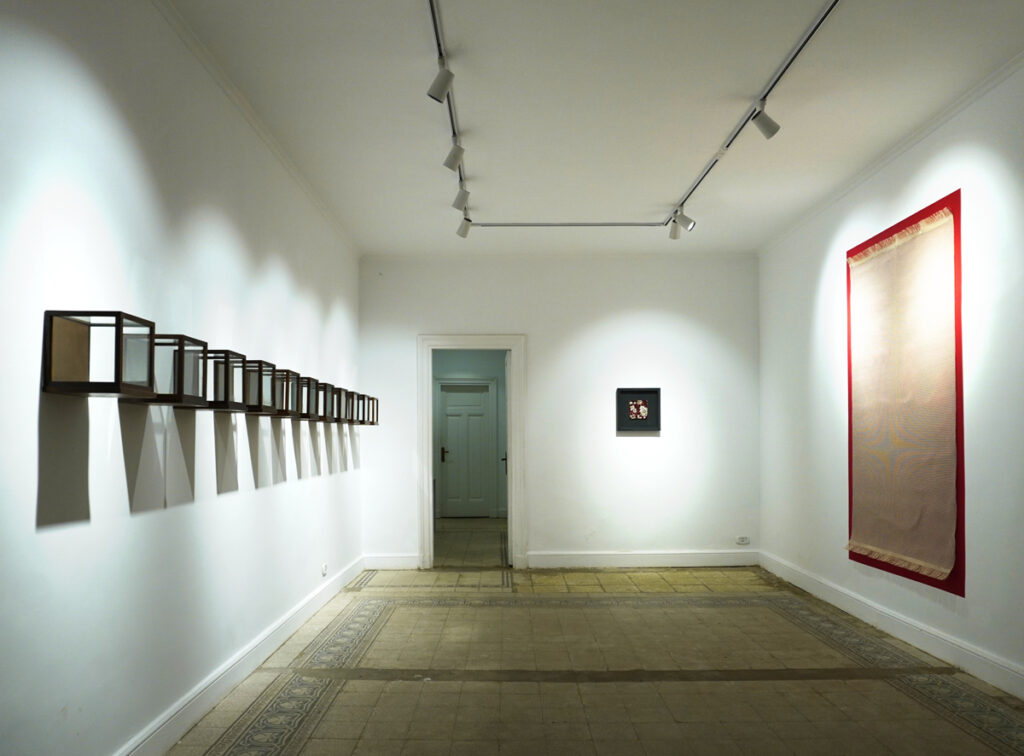
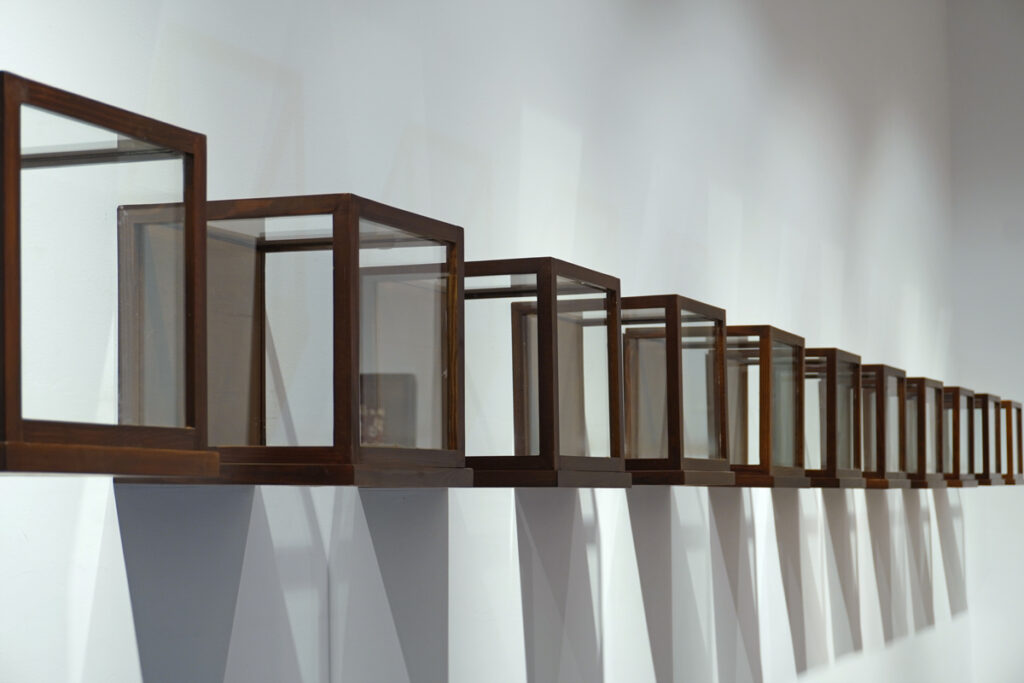
For visitors from the Middle East, the mechanisms of representation and the “European effort to stage things for viewing” caused alienation and irritation. One Egyptian author described this obsession as “Intizam El-Manzar”, the “organizing of the gaze.” 4. Accounts of European travels and the confrontation with the intense curiosity of Europeans were a frequent theme in publications that appeared in Cairo at the end of the 19th century.

carpet fragment, object frame, wood, 40 x 40 cm, 2023

Wall painting, stramin (carpet basis), 230 cm x 150 cm, 2023
Expropriation was and remains a central theme when talking about colonial power and occupation.
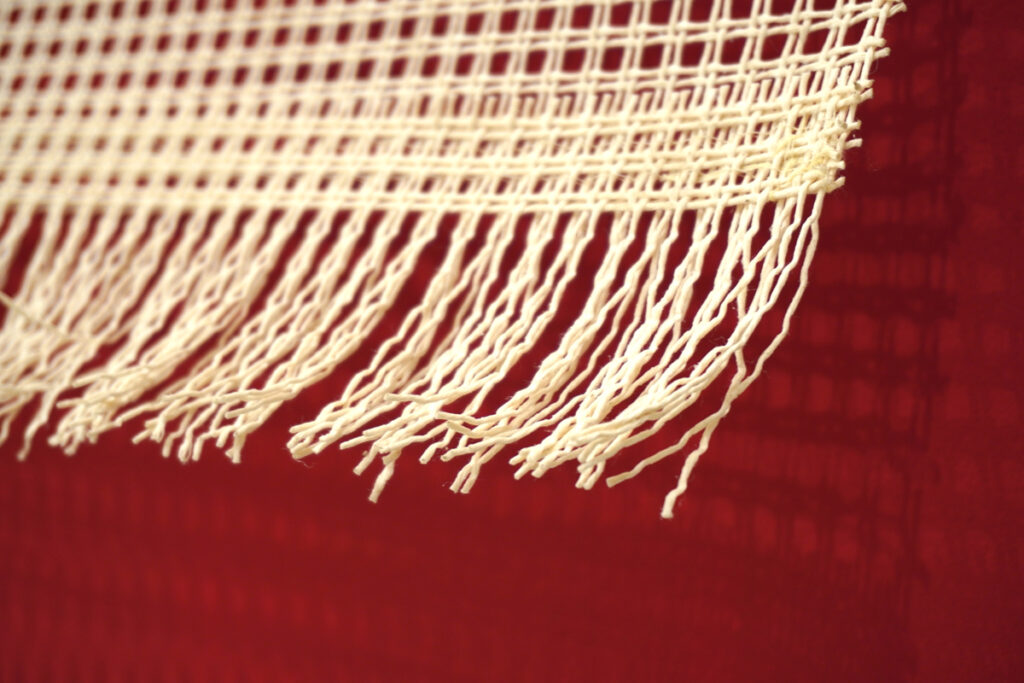
1vergl. Mubarak, 1882, S829f, nach Mitchell, Timothy, Die Welt als Ausstellung, in: Conrad/Randeria (Hg.): Jenseits des Eurozentrismus (Ffm 2002).
2vergl. Mitchell, Timothy, Die Welt als Ausstellung, S.168, in: Conrad/Randeria (Hg.): Jenseits des Eurozentrismus (Ffm 2002).
3“Origines“ 1889, nach Mitchell, Timothy, Die Welt als Ausstellung, in: Conrad/Randeria (Hg.): Jenseits des Eurozentrismus (Ffm 2002).
4 “Die Organisierung des Blicks” ist beschreiben in Mubarak, 1882, S817, nach Mitchell, Timothy, Die Welt als Ausstellung, in: Conrad/Randeria (Hg.): Jenseits des Eurozentrismus (Ffm 2002).
Related exhibition:
- 2023 “Otherwise, Agaze,” a duo exhibition with Gabriela Kobus, ARD, Cairo, Egypt.